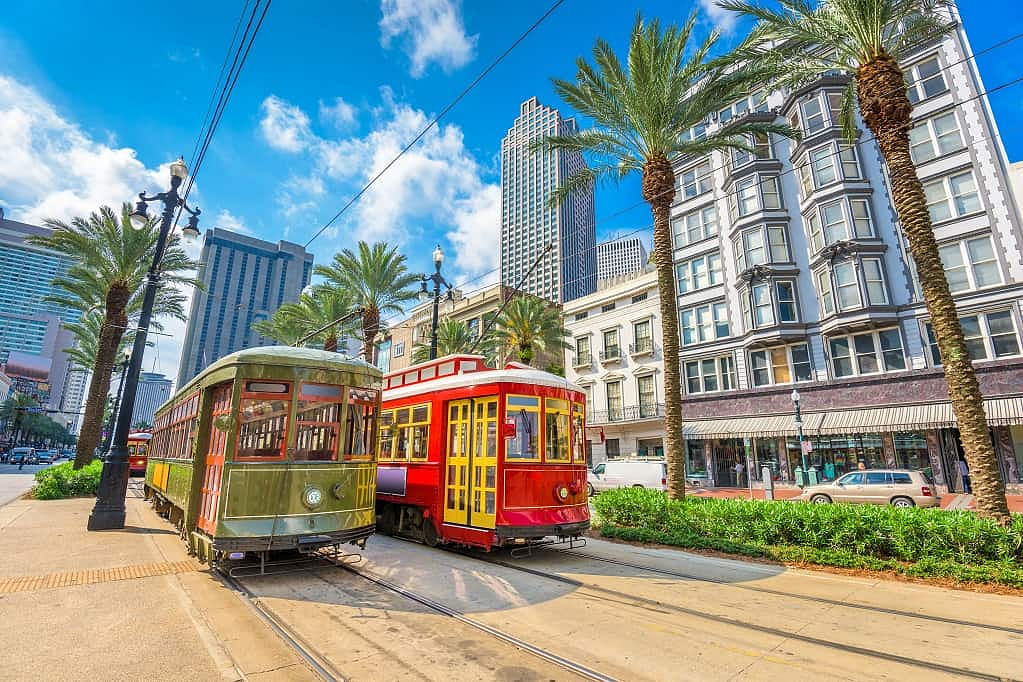Capping 1031 exchanges is a recipe for stagnation

Aug 2nd, 2021
1031 Exchanges in New Orleans
By: CityBusiness Guest Perspective | Robert Bergeron
An essential tool in the rebuilding of our American economy is at serious risk as part of the $1.8 trillion American Families Plan being considered in Washington — and the damage will be felt in every state, city and town still reeling from the ravages of COVID-19.
Basically, a 1031 exchange allows a seller to sell an investment property, roll over the proceeds into another investment property and defer the capital gains tax. By encouraging investors to acquire a new property, it stimulates the economy by producing income to real estate agents, lenders, inspectors, termite companies, title companies and so on. These transactions encourage rebuilding our neighborhoods and increase income tax revenues.
For the last 100 years, like-kind exchanges have been a cornerstone of the U.S. commercial real estate market, generating economic benefits on every level which far exceed the amount of taxes deferred. The $1.8 trillion plan presented last month by the President proposes to cap the amount of gains that can be deferred at $500,000.
This shortsighted and counterproductive cap is a recipe for economic stagnation, not recovery.
Every community in the nation, including those here in New Orleans and our suburbs, have witnessed the closing of countless shopping malls, strip centers and restaurants due to the pandemic. The fallout continues in hotels and office buildings. Virtual meetings will permanently replace significant business travel, and many people will work from home exclusively. A substantial reinvestment to repurpose these properties and redevelop commercial spaces will be required for the economy to regain its strength.
The Federation of Exchange Accommodators, the national organization of 1031 Exchange companies, analyzed and aggregated the data from six companies in Louisiana. The data covered 2015 to 2019. They found that there were 1091 properties involved in exchanges during that period. Those properties had a total value of $1.6 billion. This is not a comprehensive total. There are many more companies that facilitate exchanges. Those 6 companies represent less than 10% of the companies facilitating exchanges. It is estimated that 15% to 20% of all commercial transactions involve a 1031 exchange. It provides fundamental liquidity to real estate. It is clear that Section 1031 is important to the real estate economy in Louisiana.
Section 1031 brings important capital to revitalize communities throughout the state. It has been used to provide affordable multifamily housing in working class communities and to bring a neighborhood food store into a “food desert.” In Metairie, Section 1031 was recently used to revitalize a strip shopping center that was 70% vacant after losing its anchor store.
Proponents of the cap may argue that the provision is a ‘loophole’ used to avoid payment of taxes on gains. Unreality, a 1031 exchange is a deferral, not an elimination of tax, and according to a study by professors David C. Ling (University of Florida) and Milena Petrova (Syracuse University), 80% of the taxpayers do only one 1031 exchange and then dispose of the property in a taxable sale. Taxes are paid over a 15-year window. A restrictive cap – whether $500,000 or any other amount — on the ability to reinvest into commercial real estate and the redevelopment of properties at this critical juncture in our nation’s economy would send an already struggling commercial real estate market into a tailspin.
Additionally, a macroeconomic study initiated by Ernst & Young in 2017, and recently updated, concluded that if section 1031 were limited or repealed, it would shrink GDP. It further examined the potential benefits from the use of 1031 exchanges for 2021 and concluded that transactions from section 1031 exchanges will support 568,000 jobs (260,000 in businesses using 1031, and another 308,000 from suppliers to those businesses), generating $27.5 billion in labor income which in turn will generate $55 billion value added to the GDP. Additionally, it will generate $5 billion in federal taxes from the jobs plus $6 billion per year of additional federal income taxes due to foregone depreciation (reduced deductions) on the replacement property and $2.8 billion state & local taxes.
Just the $5 billion generated from the jobs in one year far exceeds the estimate in the 2021 proposed budget that says capping 1031 at $500,000 raises on average of $1.95 billion per year over 10 years. Why would anyone change Section 1031? It doesn’t raise any money.
Like-kind exchanges play a critical role in many facets of the nation’s economy, including:
- fueling the redevelopment of distressed commercial properties;
- inancing the construction or renovation of multi-family and affordable housing;
- allowing business to move to bigger facilities while keeping their capital in the business;
- allowing the middle class to build a real estate portfolio which will one day fund retirement;
- Farmers, ranchers, and forest owners heavily rely on like-kind exchanges;
- Like-kind exchanges promote land conservation and environmental protection.
For many in the middle class, including many Black, Latino and Asian realtors and investors, 1031 exchanges serve as their retirement strategy. A cap on 1031 exchanges would suddenly pull the rug out from under them. Many of these groups are, for the first time, beginning to realize the hope of creating intergenerational wealth and a comfortable retirement by investing in real estate. They should not have to face the threat of a cap on using 1031 to attain these goals.
Robert Bergeron, principal in Crescent Title and the law firm of Bergeron, Douglass, Frosch and Mack, is in his 25th year of managing residential and commercial real estate transactions and a leading authority in the field of 1031 exchanges.

